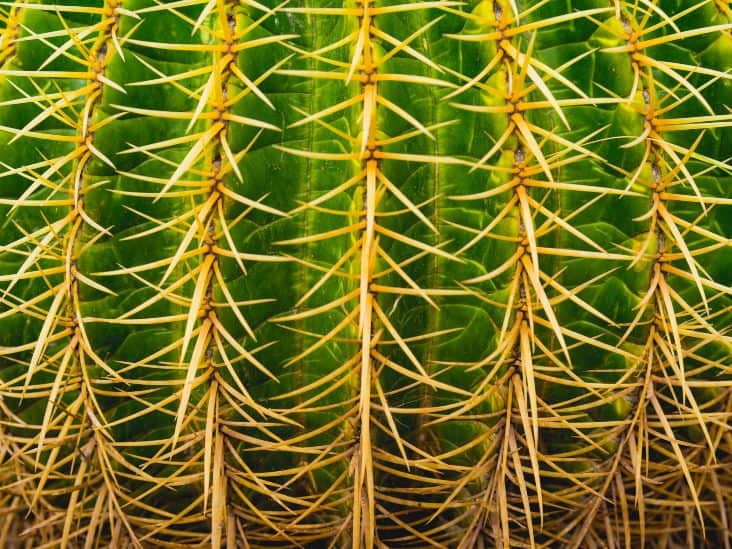Cactus plants, with their fascinating shapes and resilience, evoke a sense of curiosity and admiration. As nature’s hardened warriors, they are often unwelcome in the realm of misconceptions. One of the most persistent myths surrounding cacti is whether these prickly darlings are toxic or poisonous. Journey with us as we unravel the enigma of cactus toxicity, illuminating the intricacies of these remarkable succulents.
Understanding the nature of cactus plants requires a deep dive into their physiology. They have evolved over millennia to survive in some of the harshest environments on Earth, and their adaptations are as varied as their forms. From the towering Saguaro to the night-blooming Cereus, each species tells a story of survival, resilience, and, importantly, safety.
What makes a cactus a cactus? Beyond the surface layer of spines lies a world of biochemical compositions that differentiate each species from one another. While these adaptations make them formidable against the elements, when it comes to the question of poison, the reality is more intricate.
Many common cacti, particularly those found in homes and gardens, are non-toxic to humans and pets. The vibrant colors, exotic shapes, and fascinating textures render them not just visually striking, but also relatively safe. However, the jagged spines can inflict pain, akin to a double-edged sword. Their sharpness serves as both a protective mechanism and a reminder that, while they may not be toxic, they are certainly to be treated with respect.
Although cacti are largely benign, a few species carry compounds that can cause adverse reactions. Some cacti contain alkaloids or toxins that, if ingested, can prove uncomfortable or even harmful. The most notorious of these is the Peyote cactus (Lophophora williamsii). Revered in certain cultures for its psychoactive properties, the Peyote contains mescaline, a potent hallucinogen that, while not lethal, can lead to significant side effects including nausea and dizziness.
Yet, as with many things in life, the core takeaway is not solely about toxicity. It is also about context. The majority of cacti, especially those embraced as ornamental houseplants, tend to be completely safe when handled properly. Nobody is pricked by their adaption but rather enchanted by their beauty. Just as a rose teems with thorns, so too do cacti wield their defenses.
For pet owners, the question of cactus safety is paramount. Fortunately, most cacti are not known to be poisonous to cats and dogs. However, the spines of cacti can pose a physical threat if pets attempt to chew or play with them, potentially leading to injury. As with any plant, maintaining vigilance and ensuring a safe environment is key to preventing mishaps in homes shared with curious furry companions.
When it comes to individuals with specific dietary concerns, it is essential to note that not all cacti span the same safety spectrum. The prickly pear (Opuntia), widely celebrated for its edible pads and fruit, is a delectable offering from the cactus family. Rich in nutrients and fiber, this succulent delight can be a welcome addition to any diet. However, caution should be exercised due to its potential to cause digestive discomfort in some individuals, especially if consumed in large quantities.
Furthermore, certain cacti can provide natural remedies when used appropriately. For example, the Saguaro cactus has been known to yield hydration in extreme circumstances, while members of the Echinopsis family have been utilized in traditional medicine practices. It is paramount, however, to approach any such use with a keen understanding and respect for local customs and rights, as well as the potential effects on the body.
Ultimately, the allure of cacti transcends their potential toxicity—even their most formidable defenses serve to enhance their unique appeal. Their striking forms, resilience, and sometimes florid beauty render them worthy of admiration. With their fascinating history and profound symbolism of endurance and adaptability, they invite us to appreciate the diversity of life on Earth.
As we look toward our shared future, understanding the role of cacti within the ecosystem becomes increasingly vital. These plants are not just mere decorations; they play critical roles in their native habitats, supporting local wildlife and contributing to the balance of their environments. Careful stewardship of these deserts’ treasures ensures their survival for generations to come.
In conclusion, the question of whether cactus plants are poisonous can decisively lean toward the affirmative answer of “no” for a vast majority of species. However, this should be coupled with an awareness of proper handling, the need for caution around particular varieties, and an appreciation for their intricate relationship with the ecosystems they inhabit. Like life itself, it is essential to embrace cacti not with fear, but with respect and understanding—both of their strengths and their vulnerabilities.





Leave a Comment